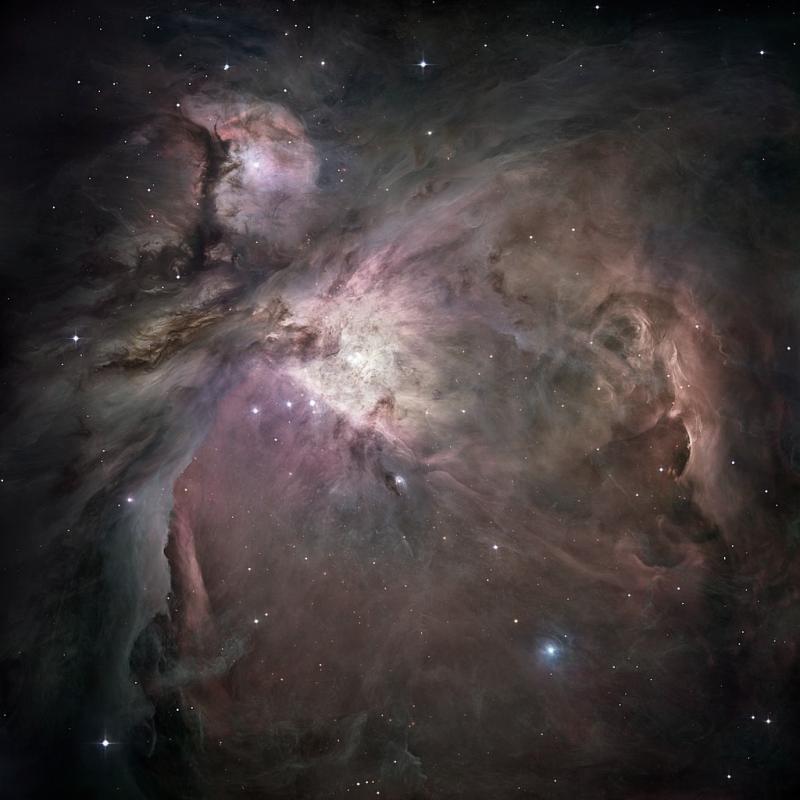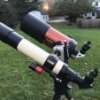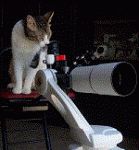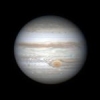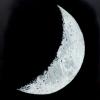Thinking of upgrading to a large Dob. I was wondering if there are some nebulae, galaxies, or planets that will start to show color to the unfiltered, natural eye while visually looking. I've read that maybe a 16 inch might start to see some good color.
Any DSOs with great color for a new sky hunter?
I´ve notice that coatings also take a big part on showing the color. For instance last December I´ve started using a 16” Dob I build with a set of meade Lightbridge mirrors and it was the first time I could “appreciate” color in M42 the orion nebula. I could make sense of the hot pale blue color of the center of the nebula and the dark brownish colors of the outsides. Remarkable! And that was observing from my light polluted city, but under a decent transparent winter sky.
Why the coating you ask? Well, previous of this telescope, I’ve also owned a 17.5” dob for several years before selling it last year. It had a Coulter optics mirror set, probably from the ´80 and the coatings were in really good conditions almost like new. Although M42 was brighter and with a bit more details than with my current 16”, I’ve didn’t appreciate the colors as well as now, and that is observing under the same conditions, same eyepieces and no filters. Also both mirrors had similar ¼ wave optics.
Another colorful object I’ve saw recently was the planetary nebula ngc6572, seen at 360X as a bright intense blue-green round object.
Clear Skies
Edited by oalithgow, 03 March 2020 - 02:44 PM.






